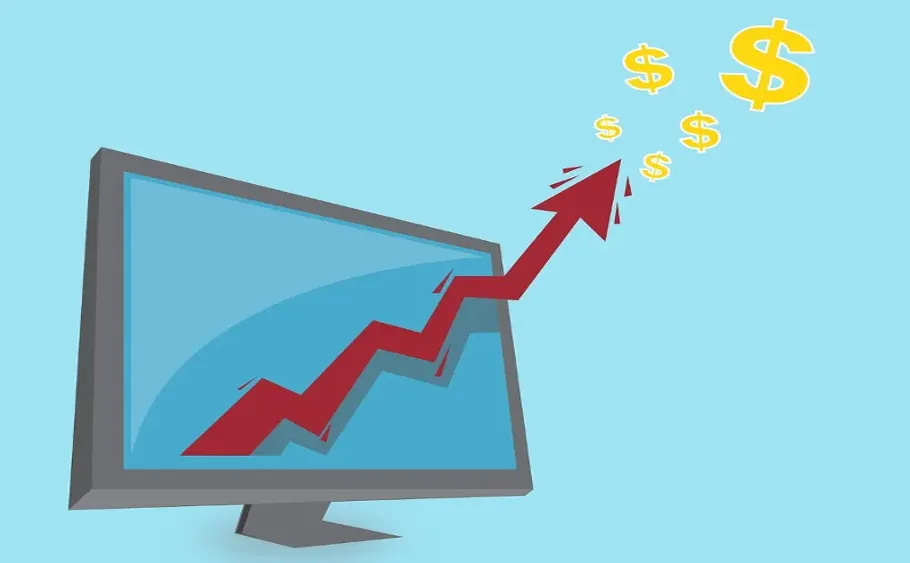Conversion Rate Optimization to Maximize Online Store Success

Running a successful e-commerce business entails much more than having a visually striking website and quality products. A crucial ingredient in this recipe for success is the optimization of your conversion rate. As such, this article aims to demystify what conversion rate is, how to calculate it, its importance, strategies to increase it, and the crucial role of conversion rate tracking at the product level, using Datma's analytics, in your Shopify store's success.
Demystifying Conversion Rate Optimization (CRO)
The conversion rate in e-commerce is defined as the percentage of website visitors who take a desired action - this could range from making a purchase to signing up for a newsletter or filling out a contact form. A key performance indicator (KPI) that directly influences your store's revenue and success, a higher conversion rate signifies that more visitors are being converted into customers, leading to an increase in sales and profitability.
The Formula for E-commerce Conversion Rates
Calculating conversion rate simply requires the number of conversions and the total number of interactions or opportunities. It's expressed as a percentage using this formula:
Conversion Rate = (Number of Conversions / Total Number of Opportunities) * 100
For instance, if you had 1,000 website visitors (opportunities) last month and 50 of them made a purchase (conversions), your conversion rate would be:
Conversion Rate = (50 / 1,000) * 100 = 5%
The Importance of a High Conversion Rate
A high conversion rate matters for several reasons:
- Revenue Growth: Boosting sales and revenue by converting a higher percentage of visitors into customers maximizes your return on marketing investments.
- Customer Acquisition Cost (CAC): Increasing conversion rates helps reduce your CAC, allowing for a more efficient use of your marketing budget.
- Competitiveness: A higher conversion rate gives your store an edge in the competitive e-commerce landscape, enabling you to attract and retain customers more effectively.
- Business Insights: Conversion rate analysis provides invaluable insights into customer behavior, preferences, and purchase patterns. This information can be leveraged to refine your marketing strategies and improve product offerings.
Strategies for Increasing Conversion Rates
To optimize your online store conversions, consider the following strategies:
- Optimize Website Design: Ensure your website is user-friendly, mobile-optimized, and visually appealing. A streamlined purchasing process with clear navigation, intuitive layout, and easy-to-find product information can enhance user experience.
- Compelling Product Descriptions: Create persuasive, detailed product descriptions that highlight the benefits and unique selling points of your products. High-quality images and videos can significantly enhance product showcase.
- Clear Call-to-Action (CTA): Incorporate clear, prominent CTAs throughout your site, using action-oriented language like "Add to Cart" or "Buy Now".
- Streamline Checkout Process: Simplify the checkout process, reduce friction by offering guest checkout and multiple payment options. Showcasing trust signals like secure payment icons and customer testimonials can boost customer confidence.
- Implement Social Proof: Utilize customer reviews, ratings, and testimonials to build trust and credibility. Social proof can significantly influence potential customers' purchase decisions.
Conversion Rate Tracking at the Product Level
Using Datma's analytics, you can monitor your Shopify store's performance at the product level. This granular level of conversion rate tracking allows you to identify best-selling products and those that might be underperforming.
Datma can offer deeper insights into:
- Product Performance: Tracking individual product conversion rates allows you to optimize your product offerings, pricing, and marketing strategies for maximum profitability.
- Product Insights: Conversion rate analysis at the product level offers insights into customer preferences and behaviors, enabling data-driven decisions around product development, inventory management, and marketing campaigns.
- Marketing Effectiveness: Monitoring product-specific conversion rates helps assess the effectiveness of your marketing efforts. This can guide resource allocation and marketing strategy optimization.
- Conversion Funnel Analysis: By examining product-level conversion rates, potential bottlenecks in your conversion funnel can be identified and improved, enhancing conversion rates.
- Decision-Making: Conversion rate data at the product level can guide business decisions around product investments, promotions, and inventory management.
- A/B Testing: Monitoring product-level conversion rates is crucial for conducting A/B testing. It allows you to compare different product presentations, pricing, or descriptions and measure their impact on conversion rates.
Conclusion
Optimizing your e-commerce conversion rates is a critical determinant of your Shopify store's success. Understanding what conversion rate is, its importance, and implementing effective conversion rate optimization strategies can drive sales growth and enhance your business. Moreover, with the aid of Datma's analytics, monitoring conversion rates at the product level can inform data-driven decisions and optimize product offerings for maximum profitability.
Remember, increasing conversion rates is a continuous process that requires ongoing monitoring, testing, and optimization. With dedication and the right tools, you can elevate your Shopify store's performance and secure long-term success in the competitive e-commerce landscape.